Although the SR-Lambda has many good characteristics, there are some noticeable limitations in its sound. One of the most noticeable ones is the lack of true low-end extension. I wouldn’t say the Lambda is a bass-light headphone, it’s like saying the MS1 is a bass-light headphone. The upper bass punch is there, punchier than the MS1, but it is the really low bass that is rolled-off. With some headphones, you can feel that the bass hits really deep straight into your gut. This sensation is missing with the SR-Lambda. On a lesser note, the highs also don’t reach quite as high when compared with the best headphones. Still, those two might be just minor caveats; I believe the area which some people will have most problems with is the lightness of tactile weight across the frequency range that people are usually accustomed to with their dynamic headphones. Some dynamics like the HD650 can reproduce the sound of an organ or violin with weight and authority in the low-mid frequency that the Lambda can’t quite emulate. Even compared to the K501, which is usually regarded as light-sounding headphones, while the Lambda’s midrange is also forward, the K501 (well-amped off course) still has more body and weight in the midrange.
With all its limitations and strengths, the most amazement I got when listening to the SR-Lambda was with Jazz music. Put it simply, it is one of the best headphones I have ever heard in approximating the clarity and timbre and of a live Jazz performance, and I’m not throwing blind praises here. It may lack the frequency extension to emulate the real sound, but the Stax is the closest I’ve heard in terms of timbre and clarity. This quality is particularly evident when compared to upper-mid happy headphones like the Hifiman HE-5. I can’t argue with the HE-5 energy for rock, but the sound of instruments, at least those common in Jazz pieces, is truer to life with the SR-Lambda. The touch of clarity and realism is also welcomed for live, ambience and classical recordings. This doesn’t mean the SR-Lambda sounds bad with other music. With its balanced sound, it is an admirable all-rounder as long as you’re not specifically looking for abundance of weight and tactile impact behind its sound. In fast rock songs, it can still wow you with its speed and instrument separation.
It’s always a bit hard comparing an electrostatic setup to a dynamic setup, so let’s see how the SR-Lambda compares to the newer SR202. Admittedly, the SR202 is using the SRM-1/MK-2 as its amp, so please take my comments while keeping in mind the amp difference. From the first time I put the SR-Lambda on my head, I almost immediately noticed some loss in lateral soundstage. Indeed, the the SR202 has a bigger soundstage, especially in lateral widths. I am able to hear some convincing sounds above my head with the SR202 which I am not getting with the SR-Lambda. In terms of frequency response, the SR-Lambda has a more forward mid and more upper bass punch than the SR202, while the SR202 has better low bass and upper frequency extension. This in turn, makes the SR-Lambda less ethereal and airy-sounding than the SR202, but at the same time punchier, fuller-sounding, smoother and more forgiving to bad recordings and sources. The SR202 has this quality of bringing out the best of good recordings, particularly live recordings. Live recordings just sound stunning and life-like with the SR202, more so than the SR-Lambda. At the same time, some recordings, such as those that have a lot of synthesized beats and bass sometimes sound off with the SR-202 because of its relatively thin mid bass and upper bass. The SR-Lambda doesn’t have this problem and is the better all-rounder. All in all, it’s hard to say which one is better than the other. I have been wowed by the SR202 many times, but with my SR-Lambda, I can listen to all the music in my collection easier.
After hearing and owning few electrostatic setups, I believe all people who are having fun with headphone audio lend themselves a favor to hear and own an electrostatic setup at least once in their audio journey. Some characteristics and colors of the electrostatic sound are very different from dynamic setups. I don’t think one is particularly better than the other, and in the end, their purpose is just to make your listening experience more enjoyable, maybe in a little different way from one another. The SR-Lambda, though a little hard to find, is a high performance starter setup for people who want to test the waters of electrostatics, and with patience, can be had for a reasonable price.
System for auditioning:
Headphones: SR-Lambda
Source: Pioneer CLD-1570K
Amplifier: Pioneer VSX9500s and Stax SRD7





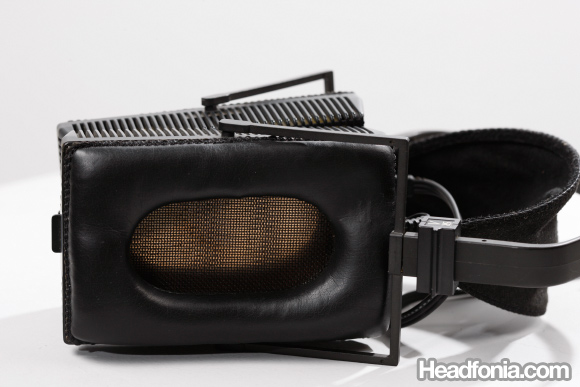
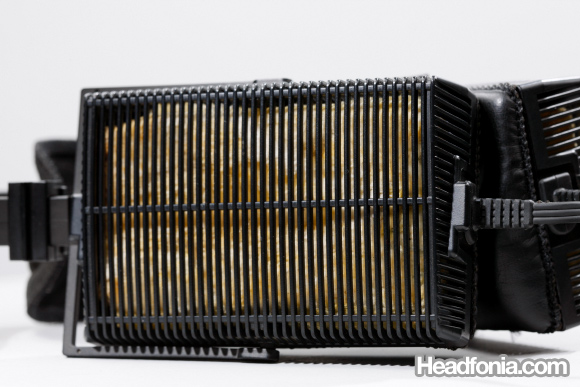
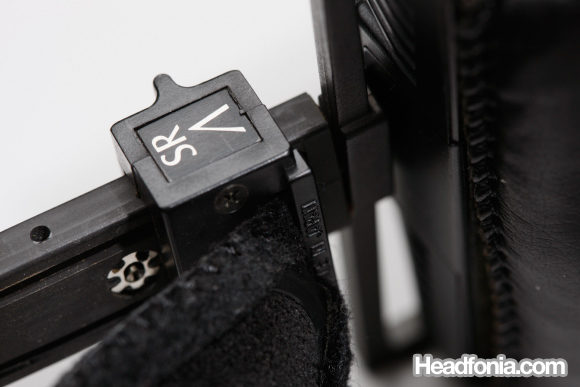
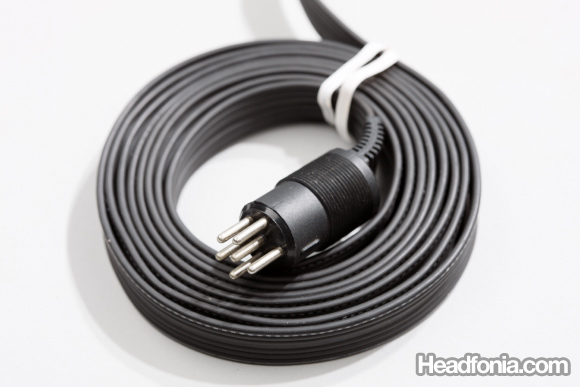

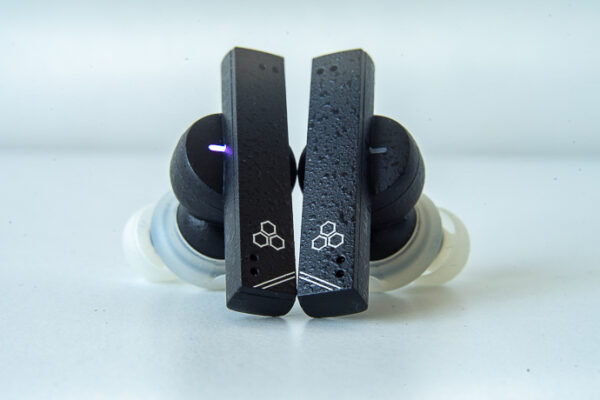
Derek McLachlan
I have had the Stax SR-Lambda since the early 80’s & love them.
I am using the SRD-7 adaptor & wondered if the sound would be much better with a SRM-1 driver?
Mike
Hi Derek,
I think Hadi did a comparison on that and found the sound to improve with the SRM1Mk2 driver. With the SRD-7, and depending on the amp you use at the backend, you get better impact, but with the SRM1Mk2, you get better resolution.
Hadi
Hi Derek, glad to hear that they are still running strong. The SR-Lambda is quite underrated among the Lambda frame Stax.
I have only tried SRD-7 with 3 amps: a very cheap chinese T-Amp, a Pioneer vintage receiver, and an adcom preamp. I have also tried the SR-Lambda with an SRM-1/MK-2 amplifier. I quite like the SRM-1/MK-2 a bit more than the SRD-7+amp combos, as it fills some unevenness in the frequency balance that is evident through SRD-7 combos I've tried. How much better? I guess that really depends on your expectation.
Also, the SRD-7 sound is dependent on the amp behind it, and with a good amp, who knows whether it will be better than th SRM-1/MK-2.
Hopefully that helps.
Mike
Slightly off topic. Last night I opened up the Stax SR-34 electrets (http://www.headfonia.com/stax-sr-34-short-review/), and hooked the SRD-4 to a combination of Zana Deux (preamp) and Adcom GFA-5802 (power amp). The sound was remarkable, and much more alive than when I listened to it the last time. So I'm sure that the Zana has a good role in that sound. Treble was a little harsh though, and I think that's due to the GFA-5802. I need to find a low power, good quality and neutral solid state to drive the SRD-4 with. I think the result will be very good.
Perhaps next time I can try the Omega2 out of a good SRD-7 set up.
Tom
I still have and use my SR-Lambdas. They sound much better if you remove the back padding. This removes/subdues some sibiliances due to reflective nature of the padding.
Mike
Thanks Tom. I've heard of that mod before. But normally such mods is a gain some-lose some deal. Perhaps you notice anything that's missing from the original sound after removing the padding?
Derek McLachlan
Thanks for the comments on SR-Lambda & SRD-7 sound. Removing the back padding sounds like a good idea.
My inside padding disintegrated & fell out years ago – any suggestions on how to fix that?
It makes me nervous that I will end up with my ears on the panels!
Mike
I'll let Hadi answer this one as he's far more familiar with Lambdas. 🙂
matthew_wilson
I’m curious why you didn’t use the SRM-1/MK-2 to operate both the SR-Lambda and the SR202, thereby eliminating any variables between source/amplifiers? Would this have not given you a more unbiased review of the headphones themselves?
Mike
Thanks good question. The review was done by Hadi who’s my Stax expert friend.
I don’t remember precisely since this review was done some 3 years back, but if I remember correctly:
The Lambda is a normal bias while the SRM1Mk2 is the variant that only works with Pro bias, which includes the SR-002. Hence pairing the Lambda with the SRD-7 (and if I remember correctly the SRD-7 also comes in two versions: normal and pro bias).
Later I did a review which includes the Lambda Pro which is a newer variant of the Lambda that supports Pro bias.
Tus-Chan
I strongly disagree with your method of using two entirely different amplifiers to compare the SR-202 and the Lambda NB. The amplifier makes a huge difference in the sound of an electrostat. You should have used an amp where there are both a Pro and Normal bias output wired in parallel (such as the T1 or SRM-1/MK2), so you can compare the two on even ground.
Mike
Different amps only change the coloration. Vintage Staxes are really not that different in terms of technicalities.